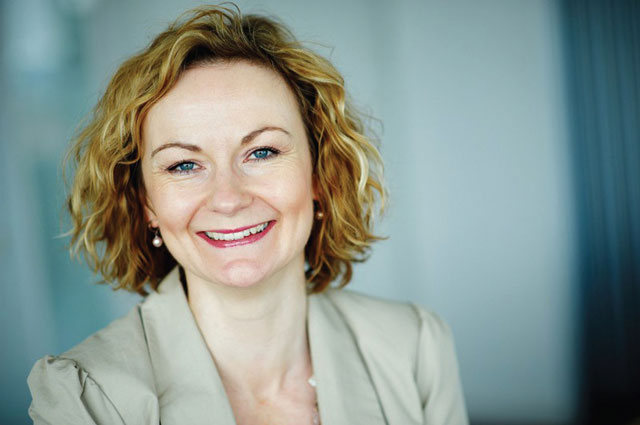
South Africa still hasn’t switched on commercial digital terrestrial television broadcasts, but that isn’t holding back the broadcasting industry from running trials to test digital radio broadcasts based on Digital Audio Broadcasting (DAB+) and Digital Radio Mondiale (DRM) with a view to launching commercial services in the coming years.
DAB+ is effectively a replacement for the analogue FM band, while DRM is effectively meant to supplant AM and shortwave radio while offering FM-comparable audio quality.
Digital radio shouldn’t be confused with Internet radio, which is streamed online, usually through a website or smartphone application.
The Southern African Digital Broadcasting Association (Sadiba), the National Association of Broadcasters and a DAB+ Trial Working Group are running digital radio trials on DAB+. The trial covers Johannesburg and Pretoria and includes 40 public, commercial and community radio stations.
Working group chair Dave Cherry says South Africa has taken note of the numerous success stories on the use of DAB+, especially in Australia with its vast landscape.
There are many advantages to using DAB+, cost-saving being key among them. “If the public broadcaster had 18 radio stations, it would need 18 licences and 18 transmitters under the current system. With DAB+, just one transmitter would be needed to broadcast 18 stations,” says Cherry.
Sentech agreed to be the signal distributor for the trial and provide the required technical expertise, while the SABC agreed to apply for the trial licence. The trial, which commenced on 3 November 2014, covers a total of 21 185sq km and a population of 10,7m people. More audio services were added in February. Audio quality ranges from 56kbit/s to 128kbit/s are being tested.
Sentech senior executive for technology Leago Takalani says the company will work with the broadcasting industry to develop a regulatory framework and commercial model for digital radio in South Africa.
“The trial will run up until October at the end of which we will provide a test report to the regulator,” Takalani says.

Bernie O’Neill, project director at WorldDMB, the global forum tasked with overseeing the promotion and implementation of digital broadcast radio, says broadcasters across Europe and Asia-Pacific have adopted the DAB, DAB+ and Digital Multimedia Broadcasting standards promoted by the organisation. North and South America uses different standards.
She says that since 2004, 33m DAB and DAB+ receivers have been sold, with over 400 consumer devices now available. “The automotive sector is ready with over 63% of cars in Norway and 60% of cars in UK fitted with DAB+ technology,” O’Neill says.
Indeed, Norway plans to have a full digital switchover by 2017, switching off FM broadcasts by then. Denmark, The Netherlands, Switzerland and Germany are among the countries that have committed to digital radio, with coverage in those markets ranging from 45% to 95%.
O’Neill says that the benefits to listeners include improved sound quality and a wider choice of stations. For broadcasters, it ensures a highly efficient distribution system and allows radio groups to develop their portfolio of offerings, extend geographic coverage and deepen user experience. They can also expect to reduce transmission costs in the long run. O’Neill says it also allows for “pop-up stations”, too, for emergencies or special events, such as sports festivals.
South Africa is also testing DRM, the technology standard used for mediumwave and shortwave transmissions.
Christian radio station Radio Pulpit has been conducting DRM trials since July 2014. These are set to end this July. Takalani confirms that the DRM and DAB+ platforms will coexist in South Africa. — © 2015 NewsCentral Media

